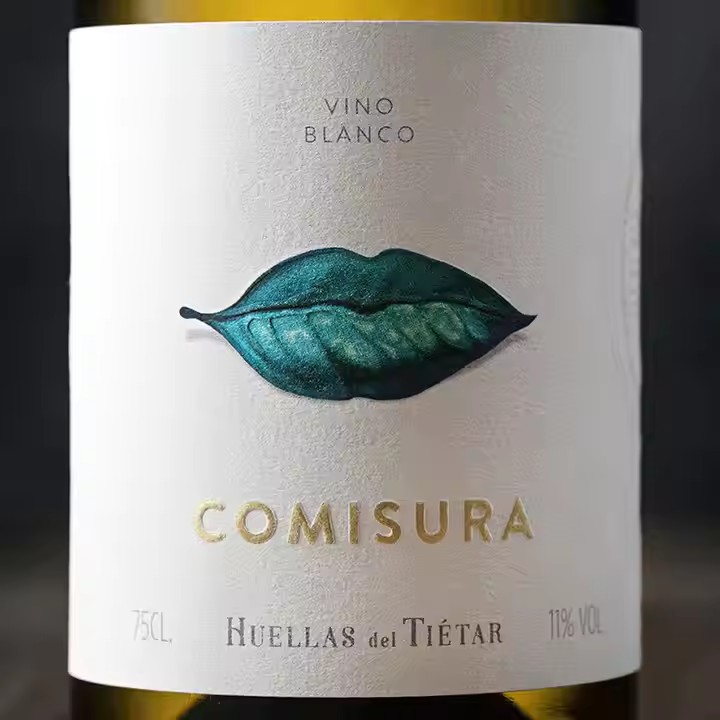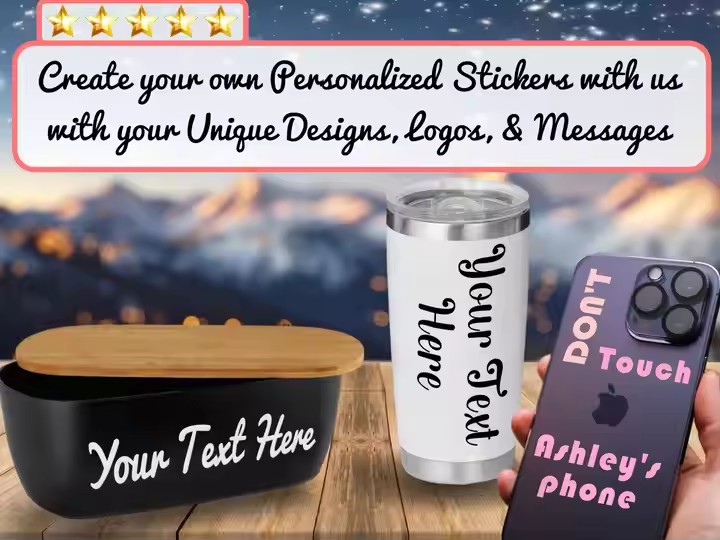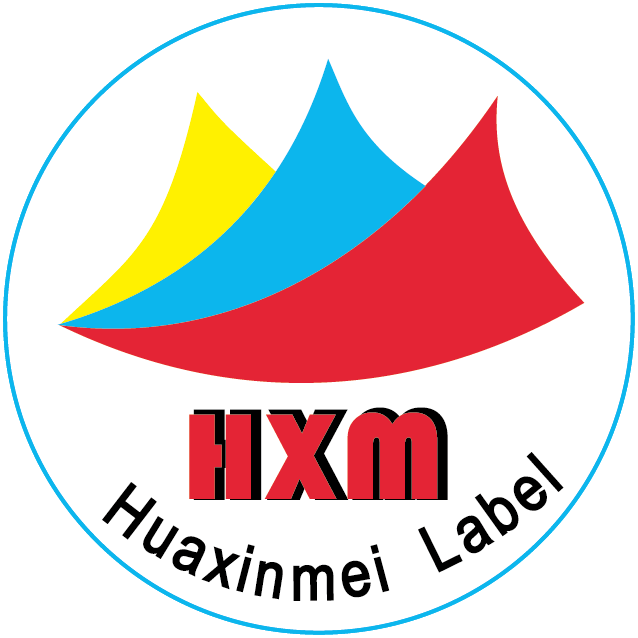Highlight Brand Elements
Brand Logo: Place the brand logo at the core of the label to ensure it is clear and distinguishable. Adjust the size and color of the logo reasonably according to its complexity and style, so that it integrates with the overall label design. For example, on Starbucks’ coffee labels, the green mermaid logo is very prominent regardless of the packaging size.
Brand Colors: Use the brand’s main color as the base color of the label, enabling consumers to quickly associate it with the brand when they see the label. For instance, Luckin Coffee uses blue as its main color, and its coffee labels make extensive use of blue, creating a unique brand visual identity.
High – end Luxury Brands: Classic luxury color palettes such as gold, silver, and black can be selected, combined with delicate gold – stamping, silver – stamping techniques or high – quality paper materials to create a high – end and noble brand image. Some high – end brands that focus on premium coffee beans use labels with a black background and gold text and patterns.
Young and Fashionable Brands: These brands are suitable for vivid and lively color combinations, such as bright pink, orange, purple, etc. Coupled with creative graphic and design elements, they showcase the brand’s vitality and personality, attracting the young consumer group. Some emerging creative coffee brands adopt bold color – blocking designs.
Traditional and Classic Brands: Usually, traditional coffee – colored palettes like brown and beige are chosen. These colors can convey the brand’s sense of history and stability, making consumers feel the brand’s tradition and professionalism. Some coffee brands with a long history have always used the classic brown color system for their labels.
European and American Markets: Consumers in Europe and America have a profound heritage and wide acceptance of coffee culture. They generally prefer a simple and elegant design style. In terms of color selection, neutral and natural colors such as gray, white, and natural wood color, combined with the color of the coffee itself, give a sense of simplicity and high quality. At the same time, vivid colors such as red and blue are often used to highlight the brand’s personality and characteristics.

Asian Markets: Asian cultures emphasize the creation of emotions and atmospheres. In addition to the color of the coffee itself, some colors that can convey warmth and comfort, such as warm yellow and light brown, are also used for coffee label colors. Moreover, according to the cultural characteristics of different countries, there are some specific color preferences. For example, in China, red is often regarded as a symbol of auspiciousness and enthusiasm, and some coffee brands use red elements in festival or special – edition products to attract consumers.
Based on Color Psychology
Stimulate Appetite: Red and brown are colors closely associated with coffee and can stimulate appetite. Red has a strong visual impact, attracting consumers’ attention and giving a sense of enthusiasm and vitality. Brown, a common color of coffee, can directly remind consumers of coffee itself, generating a sense of familiarity and closeness, thus increasing the desire to buy.
Create a Comfortable Atmosphere: Green and blue can bring a sense of tranquility and comfort. Green is associated with nature, conveying the natural and healthy attributes of coffee. Blue gives a sense of stability and professionalism, which is suitable for coffee brands that emphasize quality and craftsmanship, helping consumers feel relaxed and comfortable when they see the label.
Brand Story: A brief text or graphic can be used on the label to tell the brand’s origin, concept, or unique features, allowing consumers to better understand the brand culture. For example, illy coffee mentions the brand’s persistent pursuit of coffee bean quality and other brand stories on the label, enhancing consumers’ brand identity.

Match the Brand Visual Style
Style Matching: Determine the overall visual style of the label according to the brand positioning. If the brand is positioned as high – end and refined, the label can adopt a simple and elegant design style, using high – quality images and delicate colors. If the brand focuses on being young, fashionable, and dynamic, the label design can be more creative and personalized, using vivid colors and unique graphics.
Illustration and Photography: Show the brand characteristics through illustration or photography. Illustrations can be customized according to the brand style to create a unique visual image. For example, UCC Coffee once launched an illustrated – style drip – coffee packaging, using story – rich illustrations to showcase the coffee – producing area scenery. Photographs can more realistically present coffee beans, coffee beverages, etc., giving people an intuitive feeling.
Accurately Convey Brand Information
Product Information: Clearly mark key information such as the coffee variety, origin, roasting degree, and flavor characteristics, allowing consumers to quickly understand the core value of the product. For example, SATURNBIRD Coffee details the coffee bean origin, flavor description, and recommended brewing method on the label, helping consumers better choose and brew coffee.
Value Proposition: Integrate the brand’s core values and concepts into the label design, such as “fair trade”, “organic farming”, “sustainable development”, etc., conveying the brand’s social responsibility and quality commitment, and attracting consumers with the same values.

Innovation and Craftsmanship
Innovative Design: Use unique design techniques or creative elements to make the label stand out among numerous products and reflect the brand’s innovative spirit. For example, use irregular – shaped labels, three – dimensional labels, or add interactive elements to increase the label’s interest and attractiveness.
Special Techniques: Use special techniques such as gold – stamping, silver – stamping, embossing, and UV printing to enhance the label’s texture and quality, reflecting the brand’s high – end positioning. Some premium coffee brands use gold – stamping techniques on the label to highlight the brand name and key information, adding a sense of luxury to the label.


